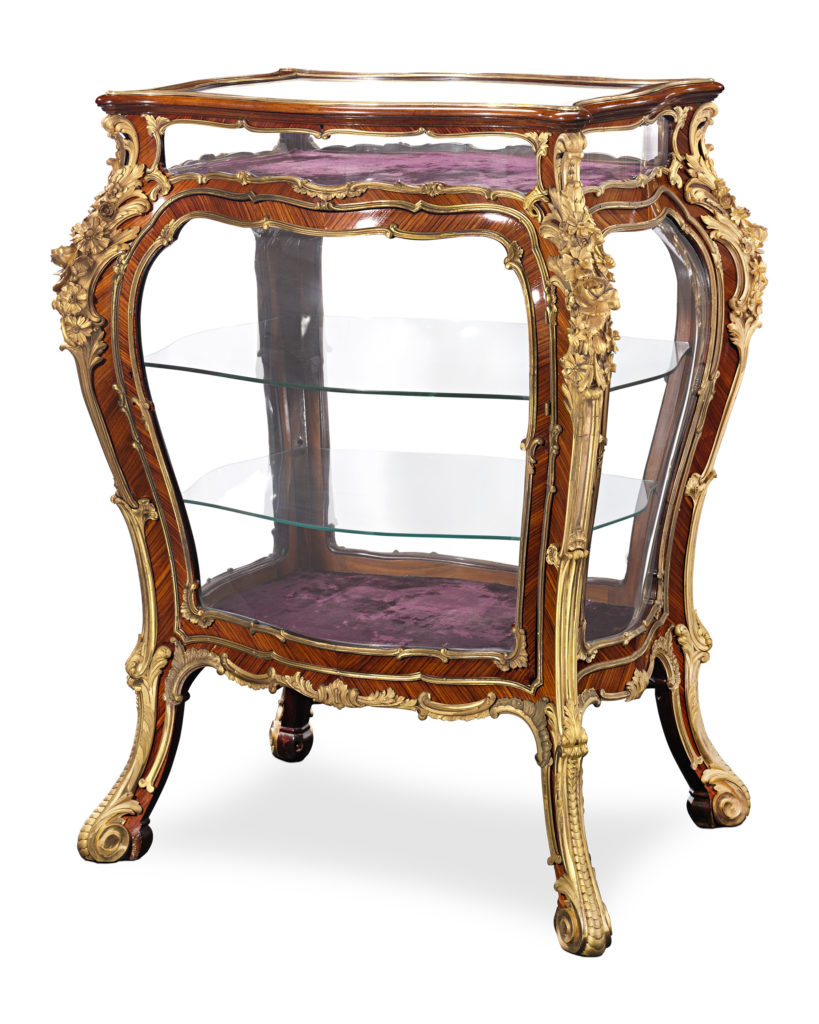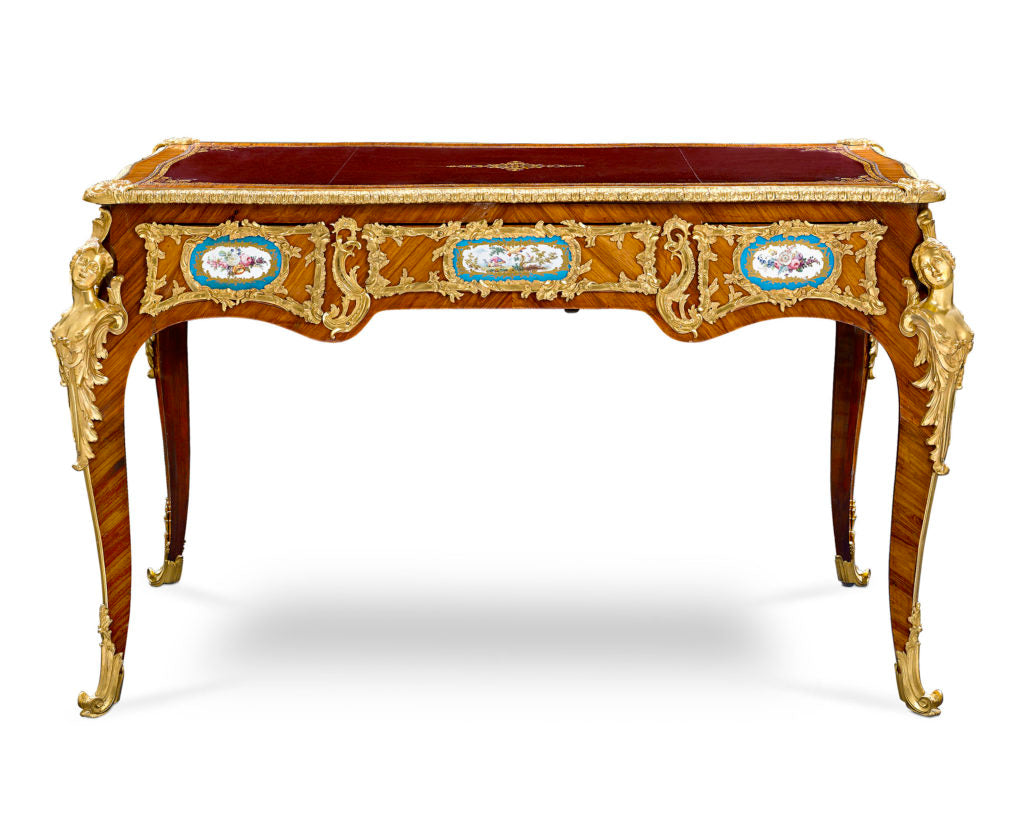Each period of French furniture design is characterized by elements that reflect the stylistic ideals of that era. Oak wood legs, in particular, offer unique insights into the evolution of furniture craftsmanship and style. Read on to learn more about how French period style furniture developed over the centuries, with a focus on their most supportive feature - their legs.
Louis XIV (1643-1715)

Louis XIV-Period Kingwood Bureau Mazarin
Elected to the throne of France when he was only four years old, King Louis XIV would not only become the longest serving French monarch, but he would also become a defining force in French design. The basis of his style was derived from the Italian Baroque, thanks in part to his advisor, Cardinal Mazarin (1602-1661), whose Italian roots made him a strong supporter of the Baroque aesthetic.

Hall of Mirrors, Palace of Versailles

The Royal Boulle Marquetry Commode by Blake
Building on the opulence and adornment of the Baroque era that arrived in France shortly after its debut in the Italian peninsula, the Louis XIV style was pivotal in defining the artistic, decorative and architectural styles of its day. Wood furniture Baroque table legs were typically as ornate and robust as the rest of a piece of furniture, featuring opulent ornamentation and ormolu accents. While there were different wood types and styles, oak was a popular material that was crafted into the elegant tables you see today. Whether shown off in a living room or highlighted in a dining area, sturdy french console table pieces were used both for their functionality and style.
Louis XV (1715-1774)

Louis XV-Style Tulipwood Vitrine
This emphasis is, of course, reflected in the legs of the antique furniture pieces. Cabriole, or S-shaped legs, were most often seen in tables and chairs, embodying the lighter - yet still opulent - Louis XV style.
Louis XVI (1774–1792)
Louis XVI, the last king of France before the fall of the monarchy during the French Revolution, ruled from 1774 until the abolition of the monarchy on September 21, 1792. While Louis XVI exhibited little interest in the arts, Marie Antoinette promoted the Neoclassical aesthetic even before becoming Queen of France and spent lavishly on the interior decoration of courtly residences in the Neoclassical style during the brief reign of her husband. The style developed as a reaction against the florid Rococo stylings of the Louis XV style. Contemporaneous excavations of ancient Pompeii and Herculaneum, and the growing popularity of Enlightenment ideologies propagated by philosopher Jean-Jacques Rousseau also influenced late-18th-century decorative arts and design.
The Louis XVI style of visual arts and interior decoration is characterized by clean, orderly lines, symmetrical structure and overt Neoclassicism inspired by ancient Greek and Roman models. Thus, table legs on antique furniture are typically straight and often reference ancient columns with fluting or ribbon-twist carvings.
Directoire (1795-1799)

18th-Century French Tric-Trac Table
Following the storming of the Bastille in 1789, a committee known as the French Directory (1795-1799) briefly assumed power over France — it is from this government that the Directoire period gets its name. In the post-Revolution era, a new austerity permeated arts and design in France for reasons that were both economic and political. Like the Louis XVI style, the Directoire style was influenced by classical models. Yet it favored ornamentation that was far more reserved, as opulent displays of wealth became associated with the old order. Works from the Directoire period, above all, exhibit architectural proportion and a restraint of decoration. Legs were thus almost always straight with minimal ornamentation and fluting.
Empire (1800-1815)

French Empire Dressing Table

French Empire-Style Center Table









